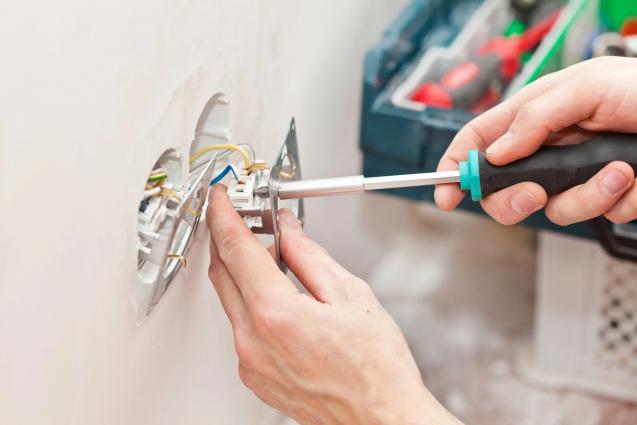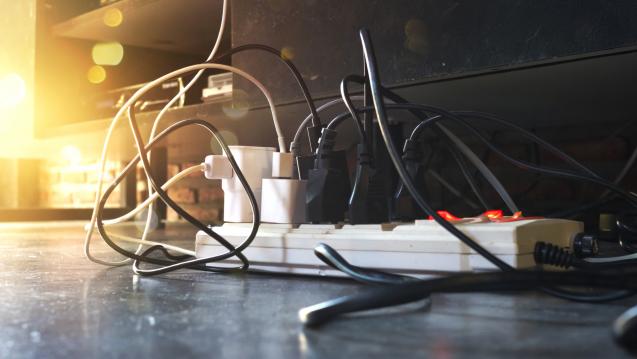
Lithium Safety: Choose the Right Charger
The Mechanism and Importance of Lithium Batteries
Lithium batteries, known technically as secondary or rechargeable batteries, operate via ionic movement between the electrodes—the negative anodes and the positive cathodes. The ionic movement is driven from the negative anodes to the positive cathodes when discharging power to a device and the direction is reversed when the battery is charged. The prominence of lithium batteries spans numerous technological niches, due to their impressive ability to store large amounts of energy, rechargeability and their longevity.
Regardless of these features, the full potential of a lithium battery is only possible when an appropriate charger facilitates their functionality. The charger stands as the manager of the ebb and flow of lithium ions, ensuring maximum efficiency, optimal power performance and an extended life span of the battery.
The Potential Hazards of Incorrect Charging
A convenient, readily available charger might seem like an easy go-to. However, this seemingly harmless act could be detrimental to both the lithium battery and the user. Overcharging, a likely outcome when using incorrect chargers, instigates a condition known as ‘lithium plating’. This refers to a scenario where lithium starts to accumulate on the anode of the battery and could escalate to short-circuiting, overheating, or worst-case scenario, explosions. Similarly, chronic undercharging weakens the battery's ability to retain power, which in turn reduces its efficiency and overall lifespan.
A well-documented global incident in 2016 demonstrated the intensity of these repercussions. An acclaimed smartphone manufacturer had to recall its products on a large scale due to faulty charging systems that led to devices overheating, and in some instances, catching fire.
Traits of a Compatible Lithium Battery Charger
The ideal charging partner for a lithium battery extends beyond a simple physical fit. A charger should be able to regulate the charging process, balancing between fast charging and preserving battery integrity. A charger that matches a battery's specific voltage and current requirements eliminates risks associated with power overflow, ensuring that the charger provides steady power without tipping over the maximum capacity.
Choosing the correct charger significantly improves a battery's lifespan and overall performance. In addition, it minimises the risks associated with incorrect chargers, thereby offering protection against harmful outcomes related to overheating or explosions.
A Guide to Choosing the Right Charger
Choosing the right charger for a lithium battery requires a careful, methodical approach. Critical considerations in this process include inspecting the charger's output in terms of voltage and current, verifying whether the charger is compatible with your specific battery type, brand, and even the device model. Always seek information from user reviews and ensure the charger holds relevant certifications.
Renowned brands, such as Duracell, Energizer, and Ansmann, offer reliable and well-reviewed products supported by a demonstrated track record. Many retail outlets and online marketplaces house these options, giving you a diverse range to choose from. It’s worth noting that maintaining cool and dry storage conditions for your charger, coupled with unplugging it after use, greatly contributes to the longevity and effectiveness of the charger.
Common Queries Regarding Lithium Battery Chargers
The understanding of lithium battery chargers and their associated technologies can prove bewildering for many. One predominant question includes, "Can one charger cater to all types of lithium batteries?" The straightforward answer to this is no. Different batteries have unique electrical specifications, and seedless to say, mismatching can culminate in grave consequences as previously outlined.
Considering the environmental impact, the proper disposal of old or faulty lithium batteries and chargers is equally important. Enclosed within these items are components that are not biodegradable and could potentially harm the environment. Hence, surrender them to appropriate recycling facilities to ensure responsible and diligent disposal.
Conclusion
In summary, understanding and implementing the appropriate usage and charging techniques for lithium batteries should not be underrated. With the detailed understanding of lithium batteries, a thorough comprehension of the consequences of incorrect charging practices, and equipped with regulations for selecting the right charger, users can confidently optimise the potential of their devices powered by these commendable energy stores.
Given the inevitable surge in technological advancements, the importance of lithium batteries will only increase parallelly. Therefore, bearing the responsibility to ensure safe and responsible practices while handling lithium batteries and chargers is a necessity we all should adopt. Armed with valid information, one can embrace the convenience and efficiency lithium batteries offer, without compromise on safety or longevity.



